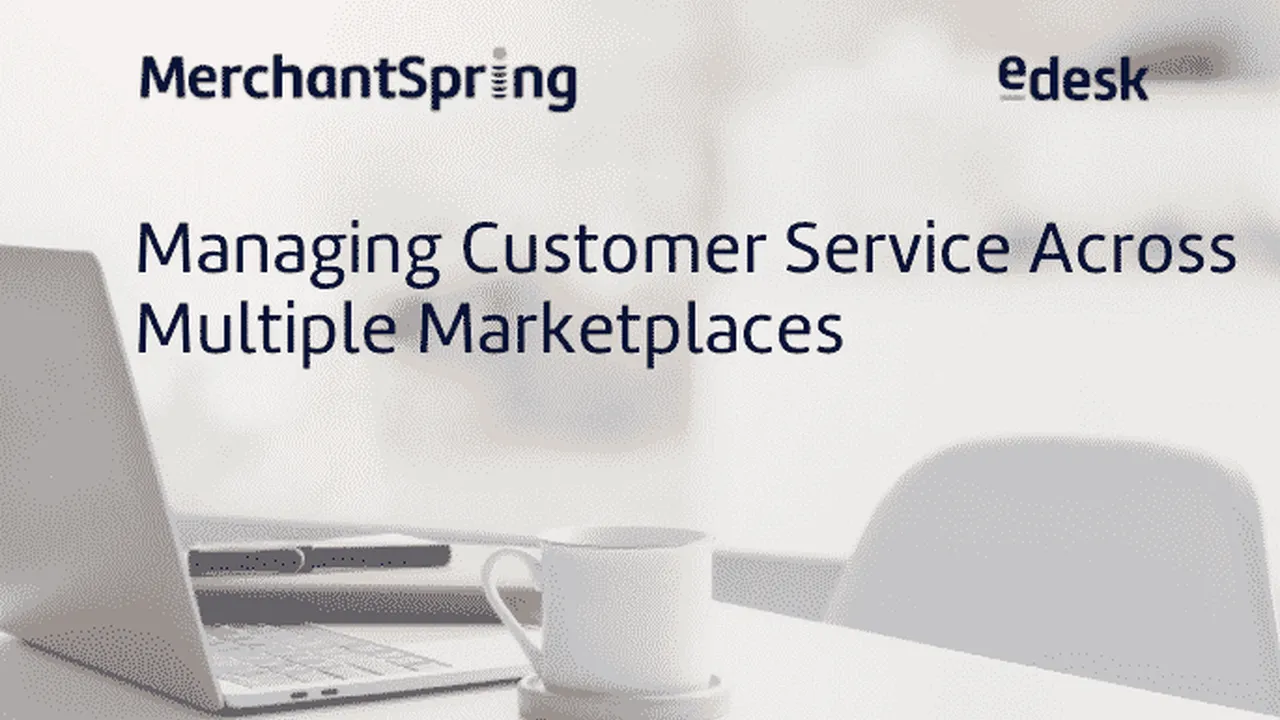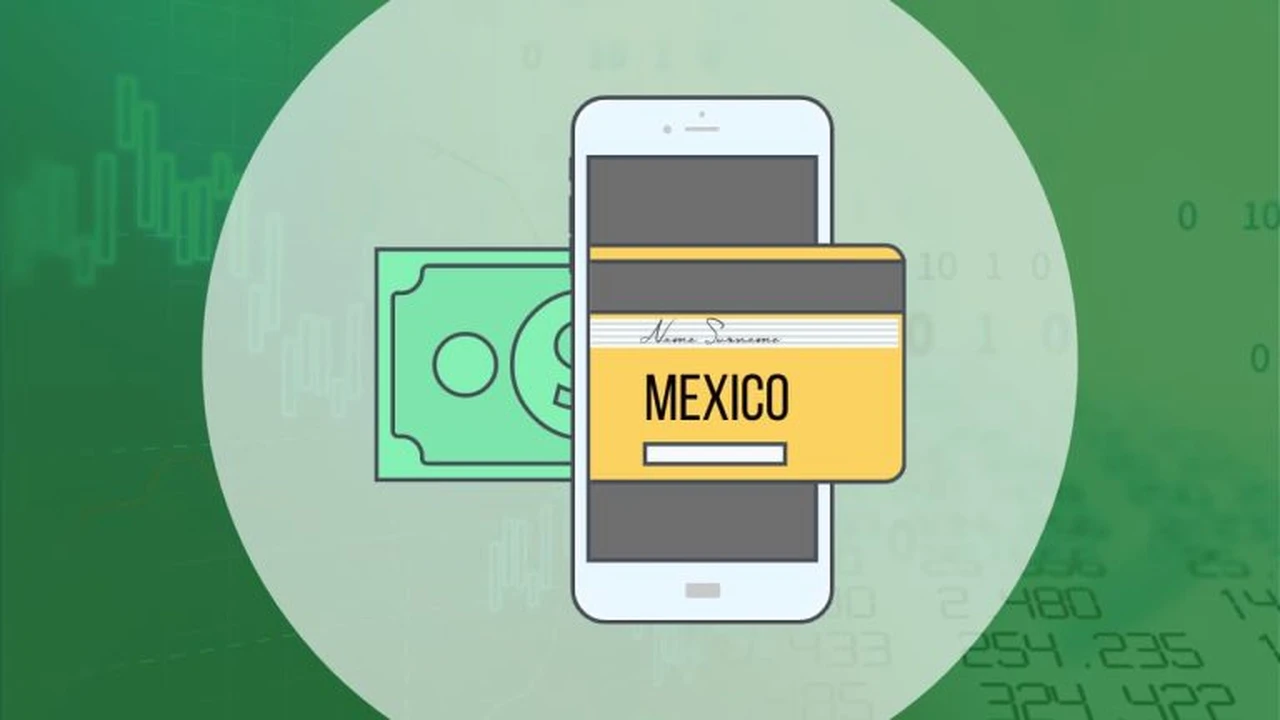Customer Service Strategies for E-commerce in SEA & Mexico
Sample meta description.

Understanding the Evolving E-commerce Landscape in Southeast Asia (SEA) and Mexico
Okay, so you’re diving into the wild world of e-commerce in SEA and Mexico? Smart move! These regions are BOOMING. But it’s not just about throwing up a website and hoping for the best. Customer service is the name of the game. We're talking about building trust, loyalty, and repeat business in markets that are incredibly diverse and digitally savvy. Think about the sheer number of languages, cultures, and economic realities you’re dealing with. One size definitely does *not* fit all.
Why Customer Service is King (or Queen!) in SEA and Mexico E-commerce
Seriously, why is customer service so crucial? Because competition is fierce! Everyone and their grandma is selling online. What sets you apart? Your ability to make customers feel valued, heard, and supported. Word-of-mouth (or, in this case, word-of-social-media-share) travels fast. A bad experience can sink you faster than you can say "5-star review." Plus, these regions often have lower levels of trust in online transactions compared to more established markets. Excellent customer service builds that trust and encourages people to click that "buy" button. Think about it – if someone has a question about a product, and you're there to answer it quickly and helpfully, they're way more likely to buy from you than from someone who leaves them hanging.
Personalization is Your Secret Weapon: Tailoring Customer Service to Local Needs
Forget generic responses! Personalization is absolutely key. This means understanding the nuances of each market. In SEA, for example, consider the cultural differences between Singapore, Indonesia, and Thailand. In Mexico, are you targeting urban or rural customers? What are their specific pain points? Do your research! Use local languages (or at least offer support in them). Train your staff on cultural sensitivities. Address customers by name. The more personalized the experience, the more connected they'll feel to your brand.
Top Customer Service Strategies for E-commerce Success in SEA and Mexico
Alright, let's get down to brass tacks. Here are some concrete strategies you can implement:
Multilingual Support: Breaking Down Language Barriers for Enhanced Customer Engagement
This is non-negotiable. Offer support in the local languages of the regions you’re targeting. This doesn't just mean translating your website; it means having customer service agents who can communicate fluently and understand cultural nuances. Think about hiring native speakers or partnering with local agencies. Consider using translation tools, but be careful – nothing beats human interaction when it comes to building trust. You might use tools like Google Translate for initial inquiries, but always have a human review and refine the translation before sending it to the customer. This ensures accuracy and avoids any potentially embarrassing misinterpretations.
Omnichannel Communication: Reaching Customers Where They Are
Don't limit yourself to just email or phone. Customers expect to be able to reach you through a variety of channels, including live chat, social media (Facebook Messenger, WhatsApp, etc.), and even good old-fashioned SMS. Make sure your channels are integrated so that agents can seamlessly access customer information regardless of how they choose to contact you. Think about the channels that are most popular in each region. In some parts of SEA, WhatsApp might be the preferred method of communication, while in Mexico, Facebook Messenger might be more common. Be where your customers are!
Proactive Customer Service: Anticipating Needs and Preventing Problems
Don't wait for customers to complain. Be proactive! Send order confirmation emails, shipping updates, and helpful tips related to their purchase. Use chatbots to answer frequently asked questions and provide instant support. Monitor social media for mentions of your brand and address any issues promptly. Think about sending personalized recommendations based on past purchases. The more you anticipate customer needs, the happier they'll be.
Fast and Efficient Response Times: Valuing Customers' Time
Nobody likes waiting on hold or waiting days for an email response. Set clear response time goals and track your performance. Use automation tools to streamline your processes. Empower your agents to resolve issues quickly and efficiently. Remember, time is money, especially for busy customers. Aim for response times of minutes, not hours or days. A quick response shows that you value their time and are committed to providing excellent service.
Empowering Customer Service Agents: Giving Them the Tools to Succeed
Your customer service agents are on the front lines. Give them the training, tools, and authority they need to succeed. This includes providing them with access to customer data, product information, and problem-solving resources. Empower them to make decisions and resolve issues without having to escalate everything to a supervisor. A happy and empowered agent is a more effective agent.
Leveraging Social Media for Customer Service: Engaging and Resolving Issues Publicly (and Privately)
Social media is a powerful tool for customer service. Monitor your social media channels for mentions of your brand and respond to inquiries and complaints promptly. Use social media to share helpful information, answer frequently asked questions, and promote your products. Be prepared to handle both positive and negative feedback publicly. Remember, your responses are visible to everyone, so be professional and courteous. Also, be sure to offer to take sensitive conversations offline to protect customer privacy.
Product Recommendations & Comparative Analysis: Examples for E-commerce in SEA & Mexico
Smart Home Devices: A Growing Market
The smart home market is booming in both SEA and Mexico. Consumers are increasingly looking for devices that can make their lives easier and more convenient.
Product 1: Xiaomi Mi Smart Speaker
Description: A budget-friendly smart speaker with Google Assistant integration. Perfect for controlling smart home devices, playing music, and getting information.
Use Case: Ideal for users who want to control their lights, thermostat, and other smart home devices with voice commands. Also great for listening to music and getting news updates.
Price: Around $50 USD.
Product 2: Amazon Echo Dot (4th Gen)
Description: A popular smart speaker with Alexa integration. Similar functionality to the Mi Smart Speaker but with a different voice assistant.
Use Case: Similar to the Mi Smart Speaker, but integrates with the Amazon ecosystem. Good for users who already use Amazon services.
Price: Around $60 USD.
Product Comparison:
The Mi Smart Speaker is generally more affordable, making it a good option for budget-conscious consumers. The Echo Dot has wider integration with the Amazon ecosystem. Both are solid choices for basic smart home functionality.
Beauty & Personal Care: Addressing Specific Needs
Beauty and personal care are huge in both regions, but preferences can vary wildly based on local trends and climate.
Product 1: Sunscreen (SPF 50+): La Roche-Posay Anthelios Melt-In Sunscreen Milk
Description: A high SPF sunscreen designed for sensitive skin. Crucial in the sunny climates of SEA and Mexico.
Use Case: Daily use to protect against sun damage. Especially important for those with fair skin or who spend a lot of time outdoors.
Price: Around $35 USD.
Product 2: Whitening Serum: Melano CC Vitamin C Essence
Description: A popular Japanese serum known for its brightening and spot-fading properties. High demand in some SEA countries.
Use Case: Used to reduce hyperpigmentation and even skin tone. Apply a few drops to affected areas after cleansing.
Price: Around $20 USD.
Product Comparison:
While both address skin concerns, they cater to different needs. Sunscreen is essential for sun protection, while the whitening serum targets hyperpigmentation. Consider offering both to cater to a wider audience.
Fashion Accessories: Trends and Preferences
Fashion accessories are always popular, but trends can change quickly. Research local fashion influencers and preferences.
Product 1: Eco-Friendly Tote Bag: Made from Recycled Materials
Description: A sustainable and stylish tote bag made from recycled materials. Appeals to environmentally conscious consumers.
Use Case: Everyday use for shopping, carrying books, or going to the beach. A versatile and eco-friendly alternative to plastic bags.
Price: Around $25 USD.
Product 2: Statement Jewelry: Locally Crafted Earrings or Necklaces
Description: Unique and eye-catching jewelry pieces made by local artisans. Supports local businesses and offers a unique product.
Use Case: Worn for special occasions or to add a touch of personality to everyday outfits. Great for gifting.
Price: Varies depending on the materials and craftsmanship, but typically ranges from $30-$100 USD.
Product Comparison:
The tote bag is a practical and sustainable option, while the statement jewelry offers a unique and personalized touch. Consider offering a mix of both to cater to different styles and preferences. Highlight the story behind the locally crafted jewelry to add value and appeal.
The Future of Customer Service in SEA and Mexico E-commerce: What's Next?
The e-commerce landscape is constantly evolving. To stay ahead of the curve, you need to be constantly innovating and adapting your customer service strategies. This includes embracing new technologies, such as AI-powered chatbots and personalized video support. It also means staying up-to-date on the latest trends and best practices in customer service. By focusing on building strong relationships with your customers and providing them with exceptional service, you can create a loyal customer base that will help you thrive in the competitive e-commerce market.
:max_bytes(150000):strip_icc()/277019-baked-pork-chops-with-cream-of-mushroom-soup-DDMFS-beauty-4x3-BG-7505-5762b731cf30447d9cbbbbbf387beafa.jpg)






